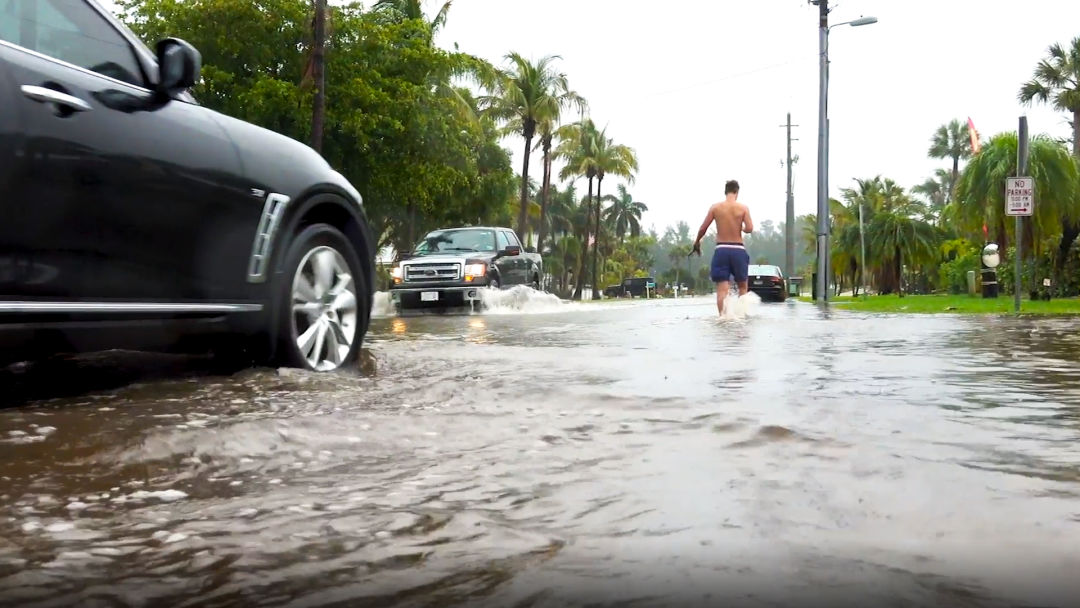New Report Predicts More Than a Foot of Sea Level Rise for Sarasota-Manatee

The Gulf Coast can expect 14-18 inches of sea level rise by 2050, according to a new report.
Image: Mars Productions
The U.S. is forecast to experience as much sea level rise by the year 2050 as it has in the previous 100 years combined, according to a new report released today in partnership with NOAA and six other federal agencies, including NASA and the Department of Defense.
The Sea Level Rise Technical Report provides sea level rise projections for all U.S. states and territories, by decade, for the next 100 years and beyond, based on a combination of tide gauge and satellite observations, and the model ensembles from the Sixth Assessment Report of the Intergovernmental Panel on Climate Change (IPCC). The report projects sea levels along the coastline will rise an additional 10-12 inches by 2050 with specific amounts varying regionally, mainly due to land height changes.
On the Gulf Coast, sea levels are predicted to rise 14-18 inches by 2050. In Sarasota County, 1.5 percent of the county's population—or 6,123 people—reside in low-lying areas. In Manatee County, that number rises to 4.3 percent, or 16,176 people.
The report also predicts that the sea level rise expected by 2050 will create a significant increase in the frequency of coastal flooding, even in the absence of storms or heavy rainfall.
“By 2050, moderate flooding—which is typically disruptive and damaging by today’s weather, sea level and infrastructure standards—is expected to occur more than 10 times as often as it does today,” Nicole LeBoeuf, NOAA’s National Ocean Service Director, said in a release. “These numbers mean a change from a single event every two to five years to multiple events each year, in some places.”
The numbers are sobering—so is there a way to mitigate them? According to the report, curbing emissions can help prevent additional sea level rise in the future. That's because more emissions means more global warming and therefore a greater likelihood of higher sea levels. Ways to do that include using LED lightbulbs instead of incandescent ones; buying electric cars; installing solar panels; cutting back on meat and dairy consumption; requesting a free energy audit through Florida Power & Light; buying well-rated Energy Star appliances; and planting native plants.
To read the full report, click here.



